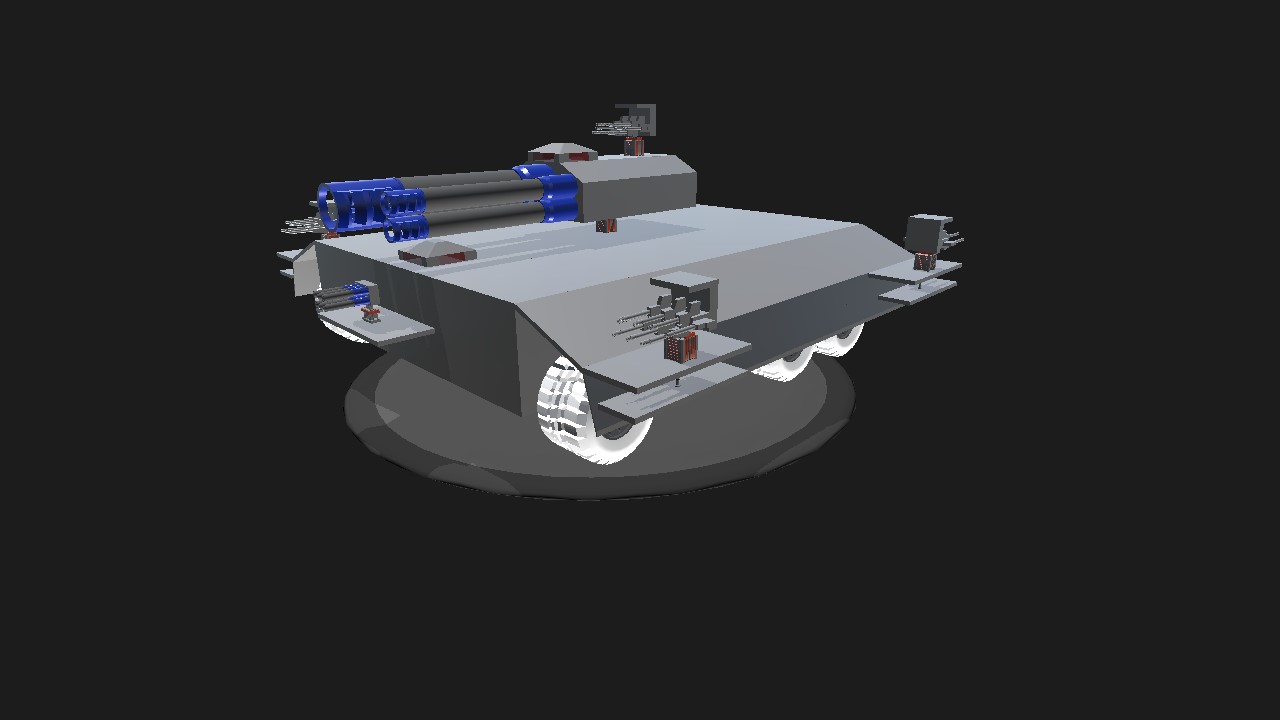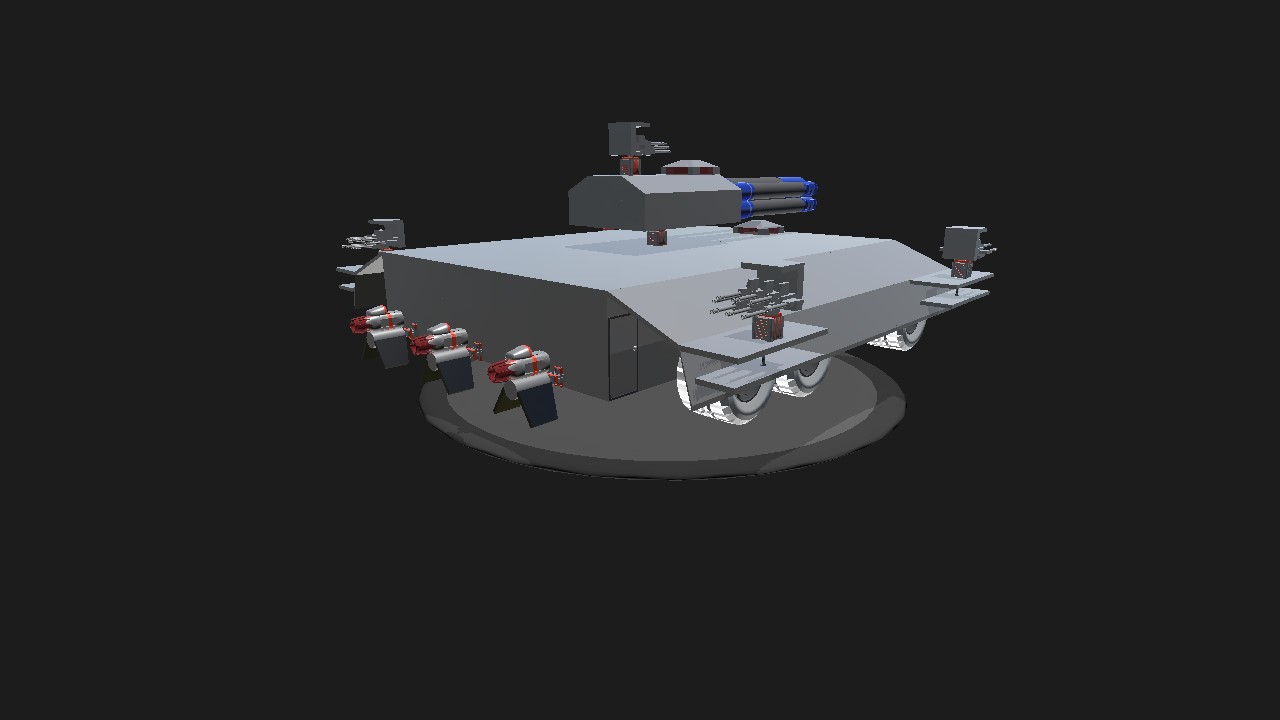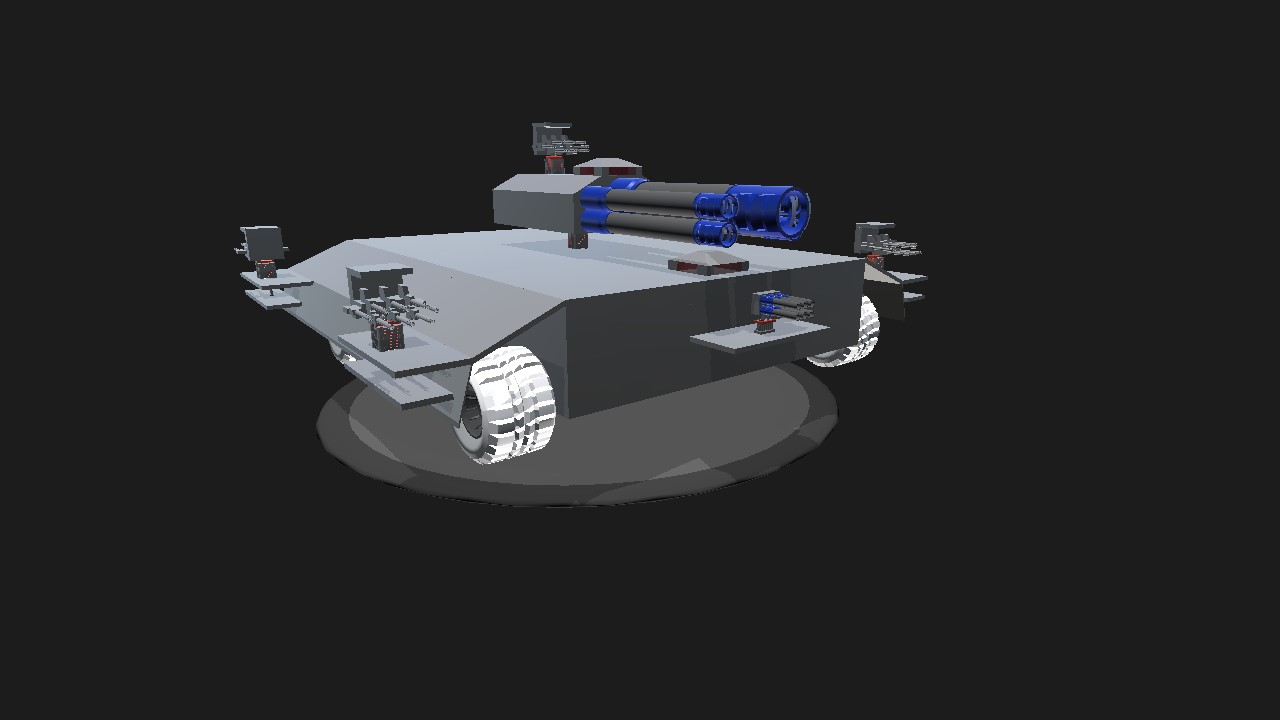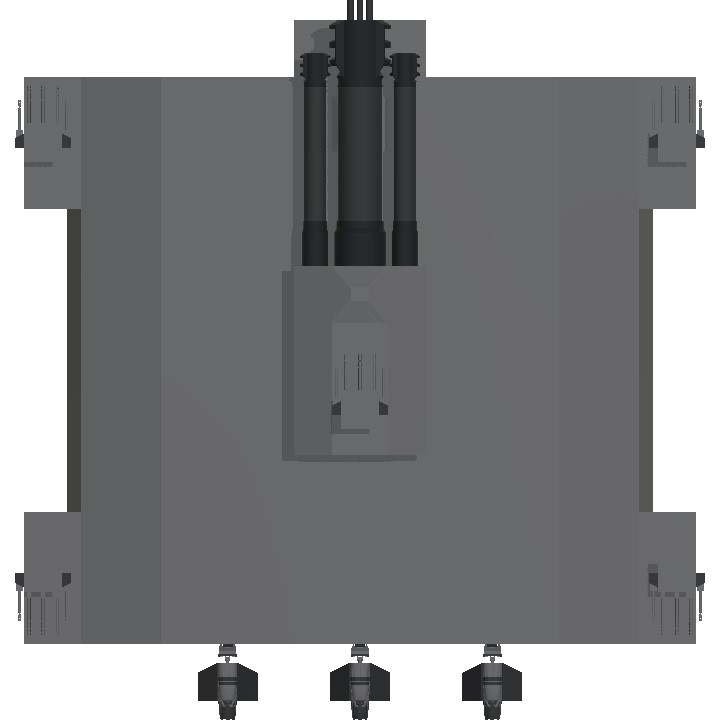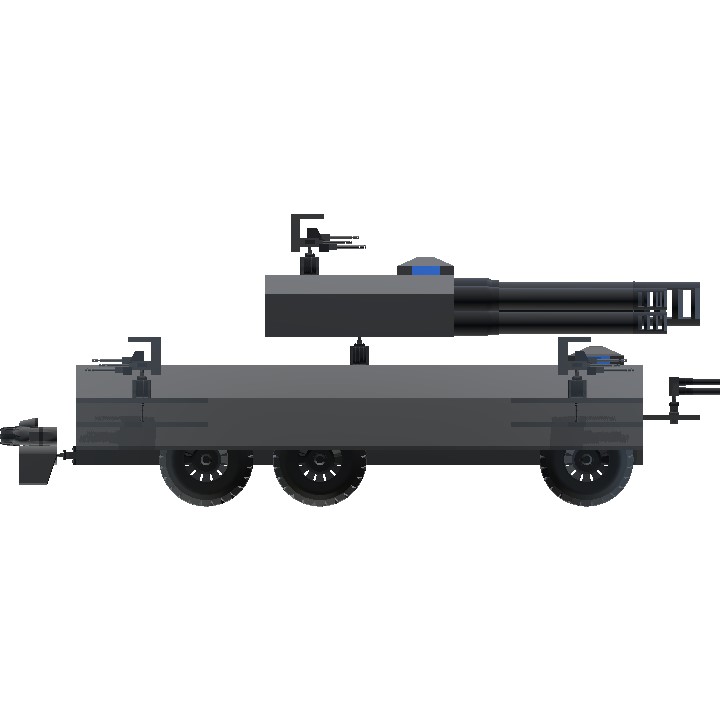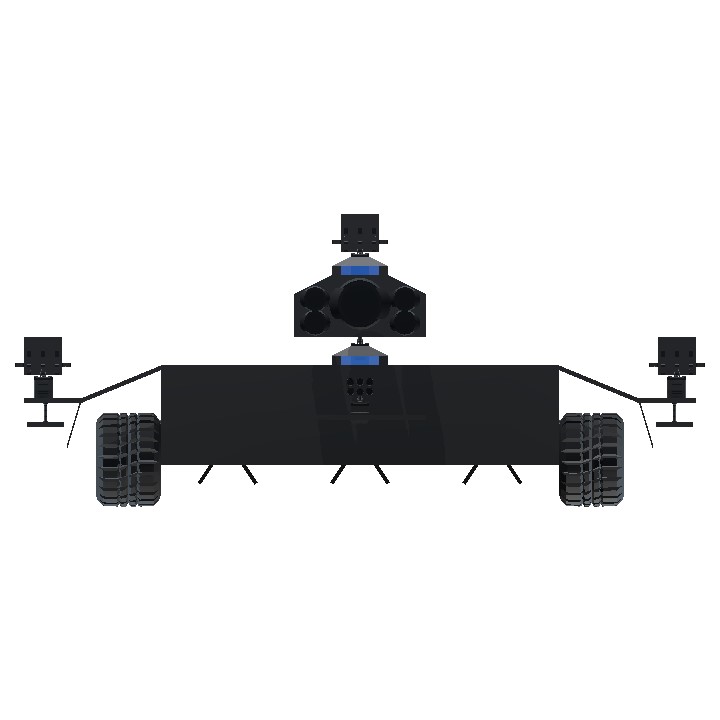In the heart of the Cold War's tense landscape, the Soviet Union's strides in military technology reverberated as a looming threat. Their mastery in amphibious warfare, specifically in crafting adaptable land-to-water vehicles, sent waves of concern across Western defense circles. Faced with this growing challenge, the United States sought a strategic alliance to counter the Soviet Union's technological dominance.
In the shadows of classified corridors, a covert collaboration between the U.S. and Australia took shape. This alliance wasn't just a meeting of nations; it was a fusion of innovation, a collective pooling of intellect and expertise aimed at challenging the Soviet Union's advancements.
Driven by a shared urgency to match the relentless pace of Soviet innovation, this audacious partnership embarked on a quest to create the Tboink. Born from American technological prowess and Australian inventive brilliance, the Tboink emerged as a symbol of defiance, a strategic response to the Soviet Union's military mastery.
Controls at the Ready:
- AG 1: Activates the thunderous roar of the Tboink's main guns, showcasing the strength of the collaboration.
- AG 2, 3, 4, 5, 6: Engages the vigilant anti-aircraft guns, a joint defense mechanism against aerial threats.
- AG 7: Activates the grenade launchers, a visible tactical advantage in combat.
- AG 8 + VTOL Up: Lowers the gun stabilizers for enhanced precision and accuracy.
- Landing Gear: Initiates swift transitions to Ship Jets mode, enabling rapid mobility changes.
- Pitch Down: Propels the Tboink forward through challenging terrains.
- Pitch Up: Effortlessly maneuvers the Tboink backward for tactical retreats.
- Roll: Executes controlled turns and maneuvers for strategic positioning.
- Throttle: Commands the utilization of ship jets, granting speed and agility.
- VTOL: Controls the vertical movement of Main guns, AA Guns, and Grenade launcher.
- Trim: Fine-tunes the horizontal adjustment of Main guns, AA Guns, and Grenade launcher.
Operational Caution Advisory:
While the Tboink boasted unparalleled versatility, it came with operational advisories crucial for safe usage.
Water Exiting Protocol: Users were cautioned to exercise patience when exiting water bodies. The Tboink's transition from water to land required gradual maneuvers to prevent mechanical stress and ensure a seamless shift in operational modes. Moreover, the maximum speed for water exit was restricted to 50 mph.
Terrain Speed Limitations: Operating manuals emphasized the need for restraint over rough or hilly terrain. Excessive speed over such landscapes posed a risk of potential damage and compromised maneuverability. Careful navigation was advised to maintain stability and operational integrity. Additionally, in the raised position, the throttle setting could be adjusted to a maximum of 10%, with a recommended operating setting of 5% to assist hill climbs, especially on inclines less than or equal to 30 degrees. However, caution was urged as the Tboink was not able to climb hills in excess of 30 degrees due to limitations in its design.
Climbing Steep Hills: An angled approach might be necessary when attempting to ascend steep inclines. The Tboink's operational capabilities might require an angled approach to navigate steep hills effectively.
Specifications
Spotlights
- Trainz448 1.9 years ago
General Characteristics
- Created On Android
- Wingspan 59.6ft (18.2m)
- Length 62.4ft (19.0m)
- Height 25.3ft (7.7m)
- Empty Weight 57,833lbs (26,232kg)
- Loaded Weight 270,950lbs (122,901kg)
Performance
- Power/Weight Ratio 2.426
- Wing Loading 3,203.7lbs/ft2 (15,641.7kg/m2)
- Wing Area 84.6ft2 (7.9m2)
- Drag Points 53603
Parts
- Number of Parts 247
- Control Surfaces 0
- Performance Cost 1,111

